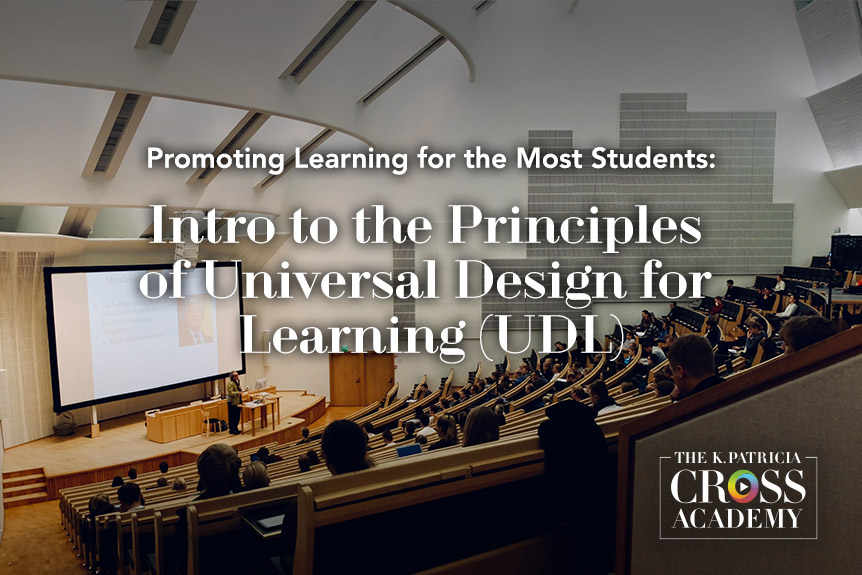CrossCurrents Library
Featured Collections
Topics
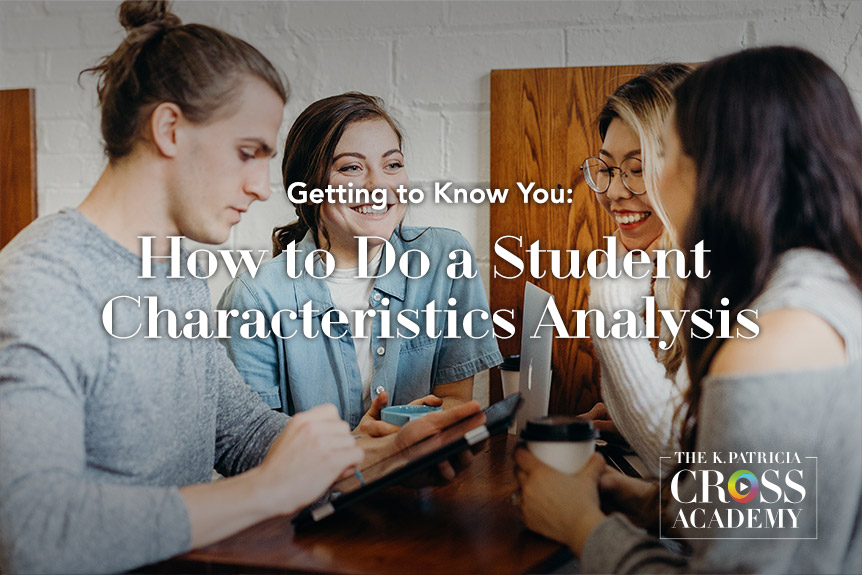
Just as effective public speakers acknowledge the importance of knowing their audience, so do effective college teachers understand the importance of knowing essential characteristics about their students. Students’ intellectual, social, and emotional traits influence the effectiveness and efficiency of their learning. Understanding these characteristics helps ensure a good fit between what you are trying to teach and what students are
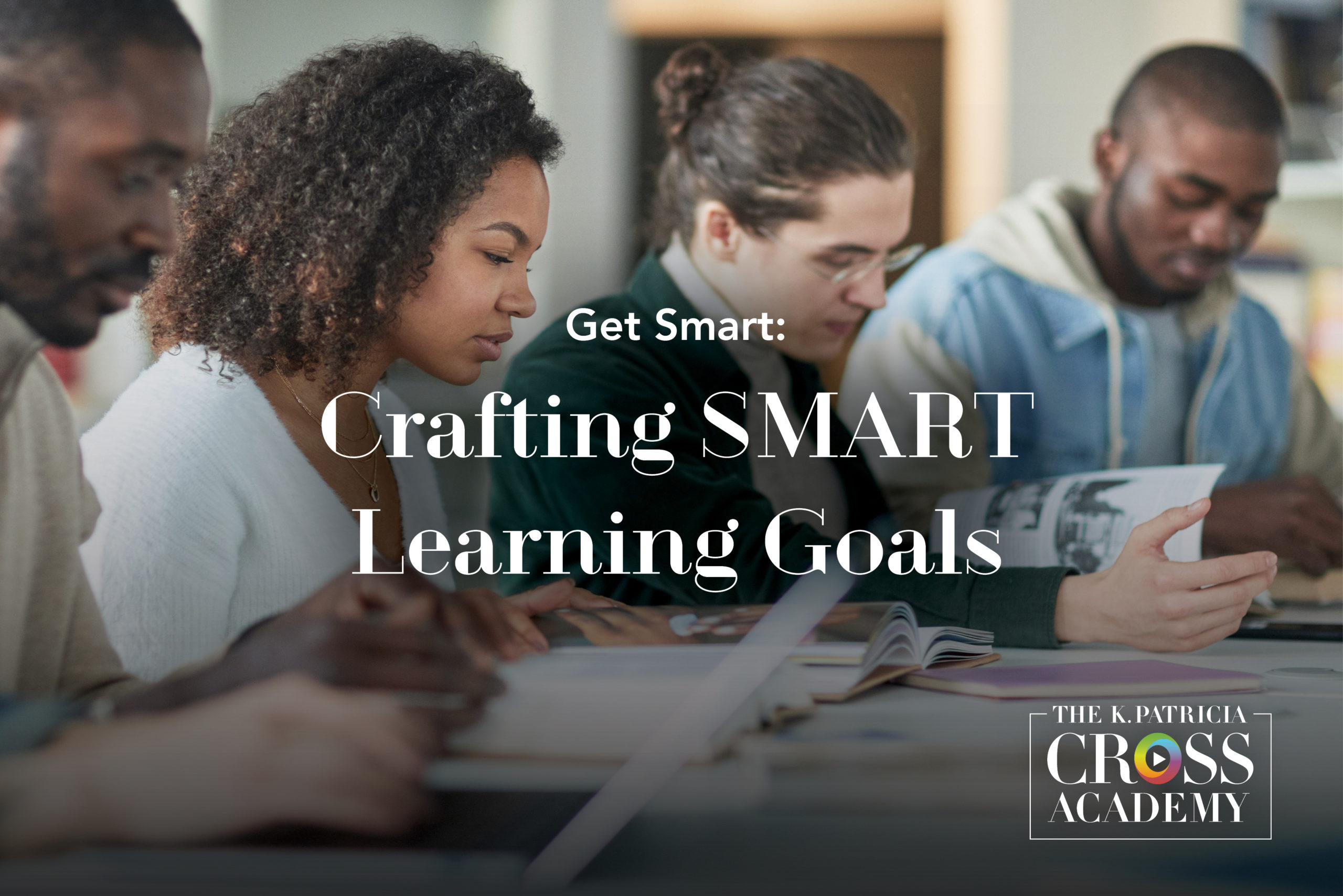
While identifying goals for our courses may not always be on the top of our to-do lists, clarifying where we are going helps us to determine how we will get there and how we will know when we have arrived. In this blog, we focus on setting SMART Lecture-Learning Goals that can help you clarify what you want students to learn from a single lecture.

Designing effective online discussion boards can be a challenge. While some discussion boards can be fruitful grounds for conversation, others fall flat and feel forced and stale. The design of the board is critical to ensuring a successful online conversation. During the design process, we encourage you to consider the following questions. 1. What learning goal do you want students

Inclusive teaching is not easy. It means digging deeper into why imbalances in participation, success, and completion exist. To adopt inclusive pedagogy, instructors necessarily engage in examining their own bias and awareness. In this article, we consider our responsibility, as educators, to practice inclusive teaching, and cover various techniques and methods for doing so.
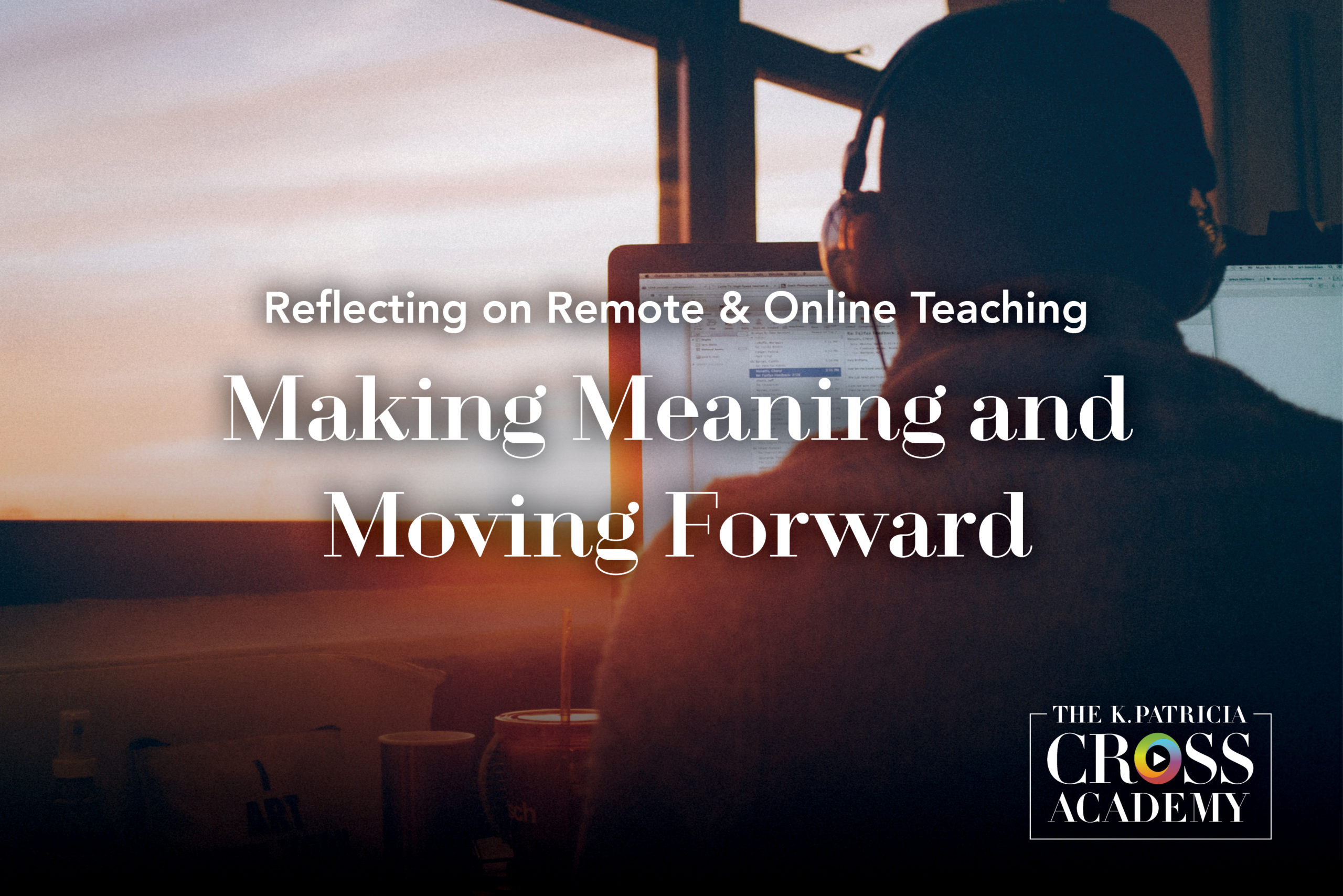
For years we have acknowledged that college teaching has gotten tougher, but the abrupt shift to remote teaching in response to the COVID-19 pandemic presented instructors with even more challenges. As colleges and universities struggled to deal with the crisis in the spring of 2020, some professors had only a week’s or even a weekends’ notice to restructure their classes
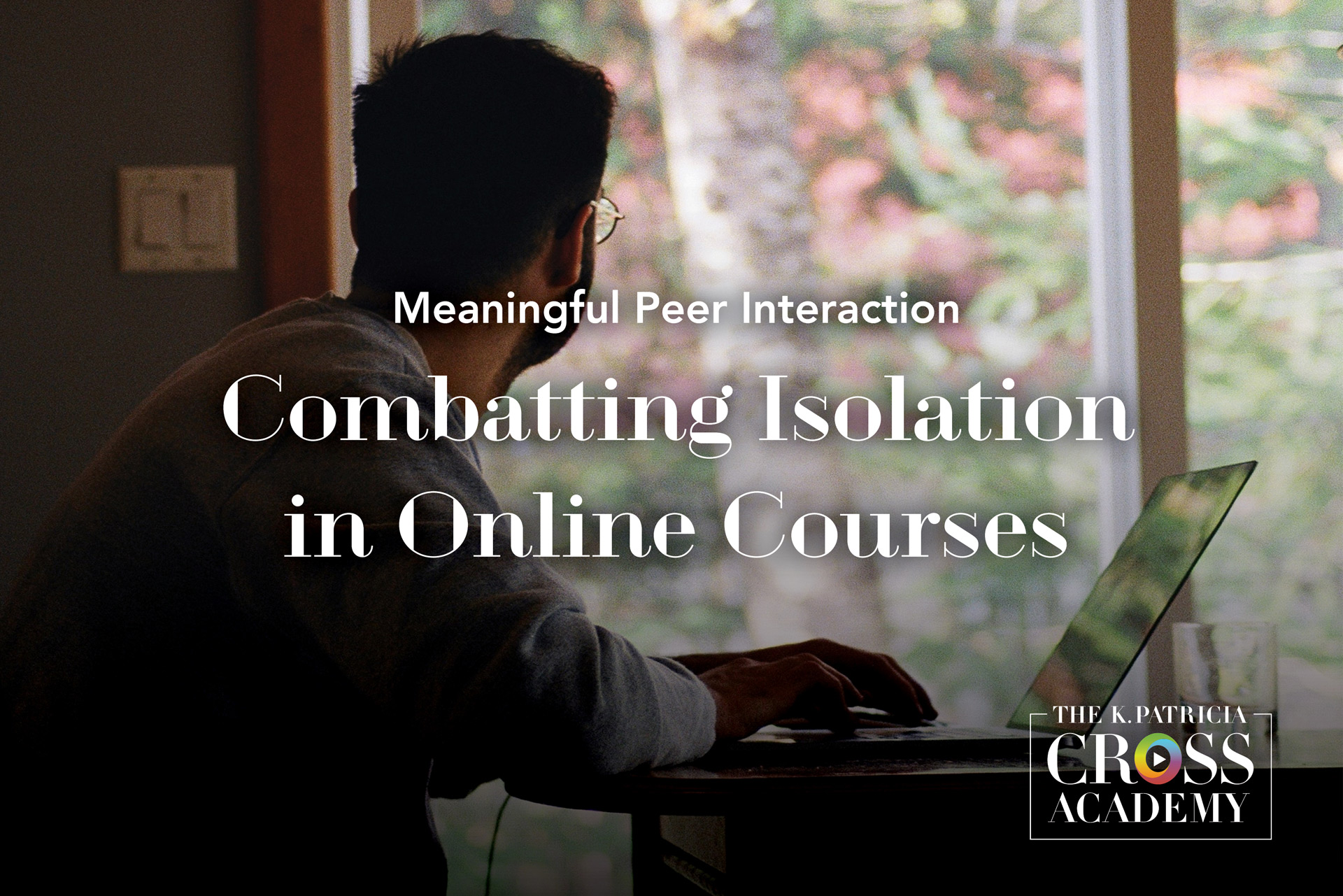
It’s common knowledge for any educator who has taught online that it can be a significant challenge for students who are learning online to develop feelings of connection with their peers and teacher. Feelings of isolation when learning online have been around for as long as online learning has existed. In this article, we examine three key ways to combat that sense of isolation and encourage meaningful peer interaction.
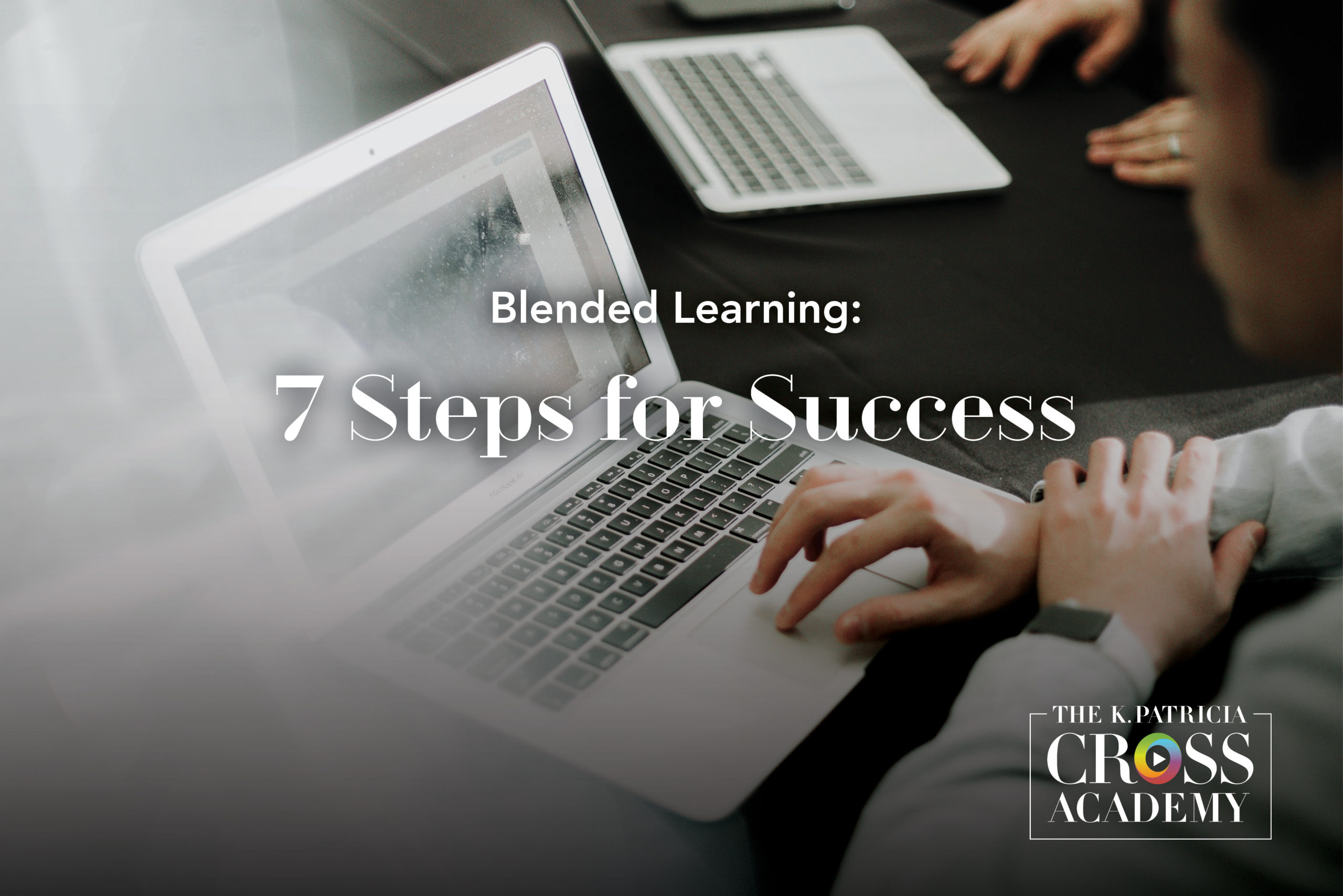
As colleges and universities look for new ways to improve both student learning and the student experience, blended courses are becoming increasingly common. A combination of onsite and online instruction, there is no single approach to blended learning. With any definition, the key to blended learning is the combination of onsite and online instruction. Educators in different geographic regions have
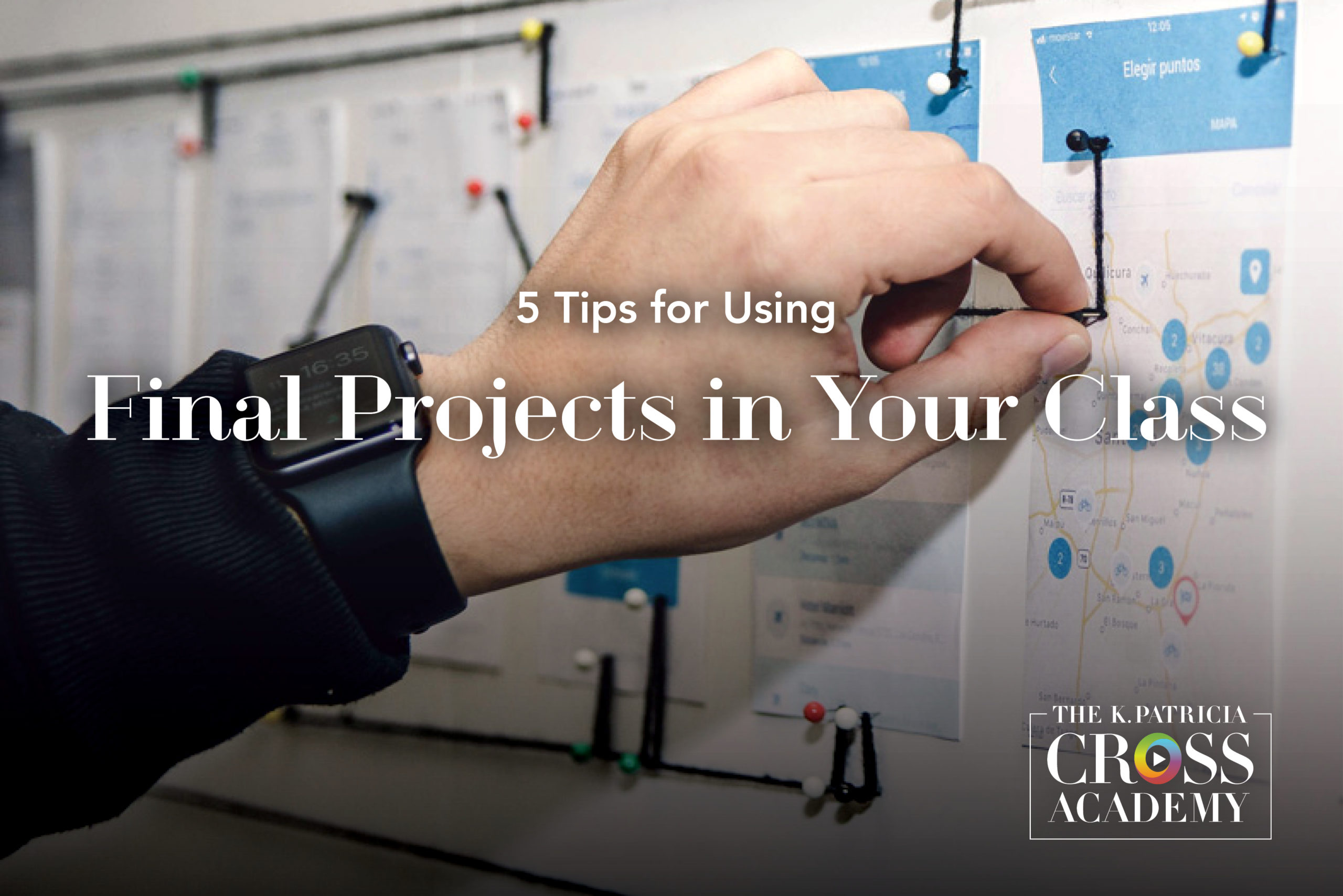
Months of lectures, activities, group projects, quizzes, readings, and more typically culminate in an end-of-term evaluation. It may be tempting to slip into the default “review for final exam” mode as a term comes to a close as tests can be worthwhile for student learning and retention (see 8 Benefits of Frequent Quizzing and Testing.) However, final projects can prove
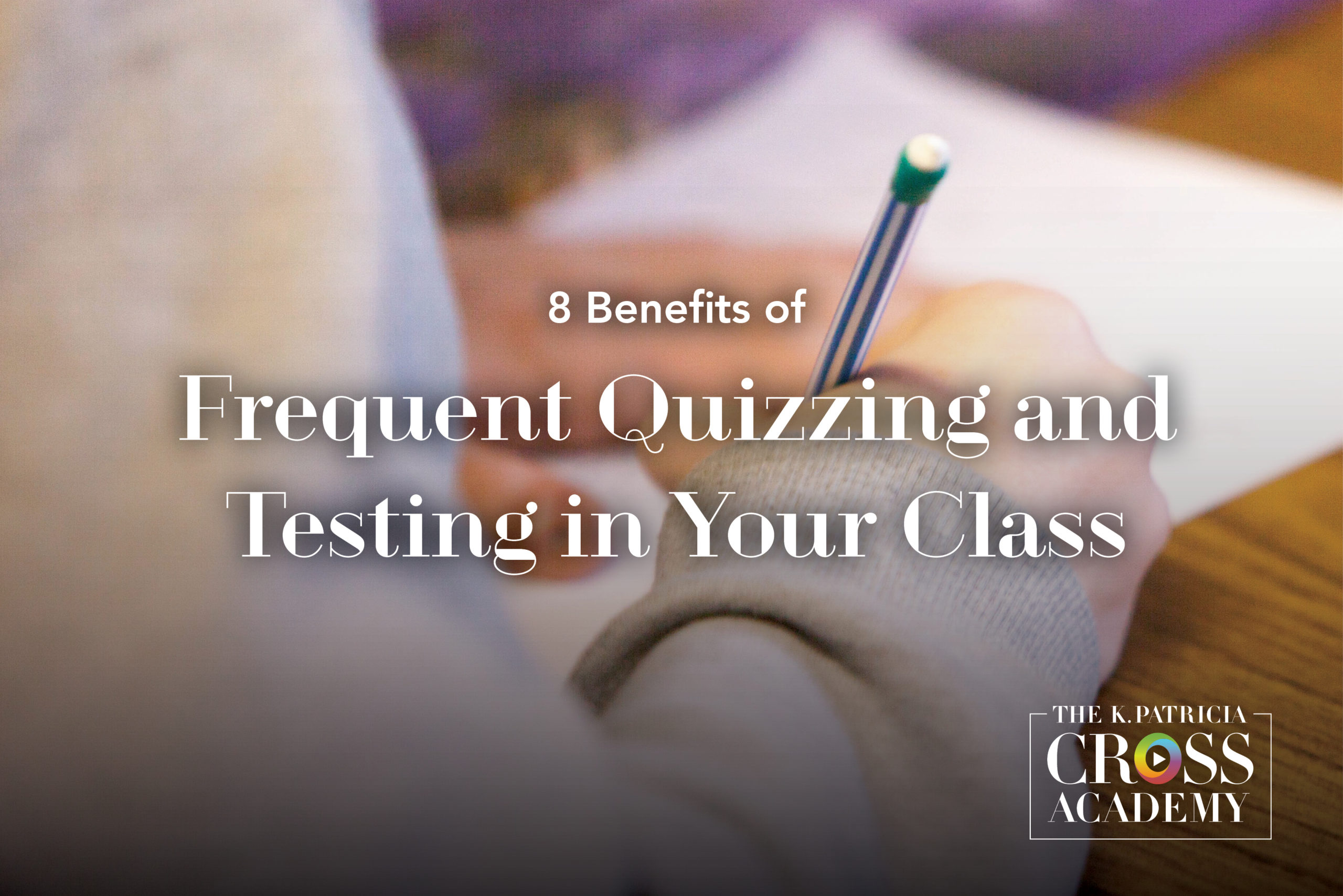
Few things strike fear in the hearts of students as much as tests, especially when knowing they will be used for summative assessment. Test anxiety aside, quizzes and tests can actually help students learn course content. Research demonstrates that the testing effect, which is sometimes called test-enhanced learning or retrieval practice, has a greater impact on student learning than simply
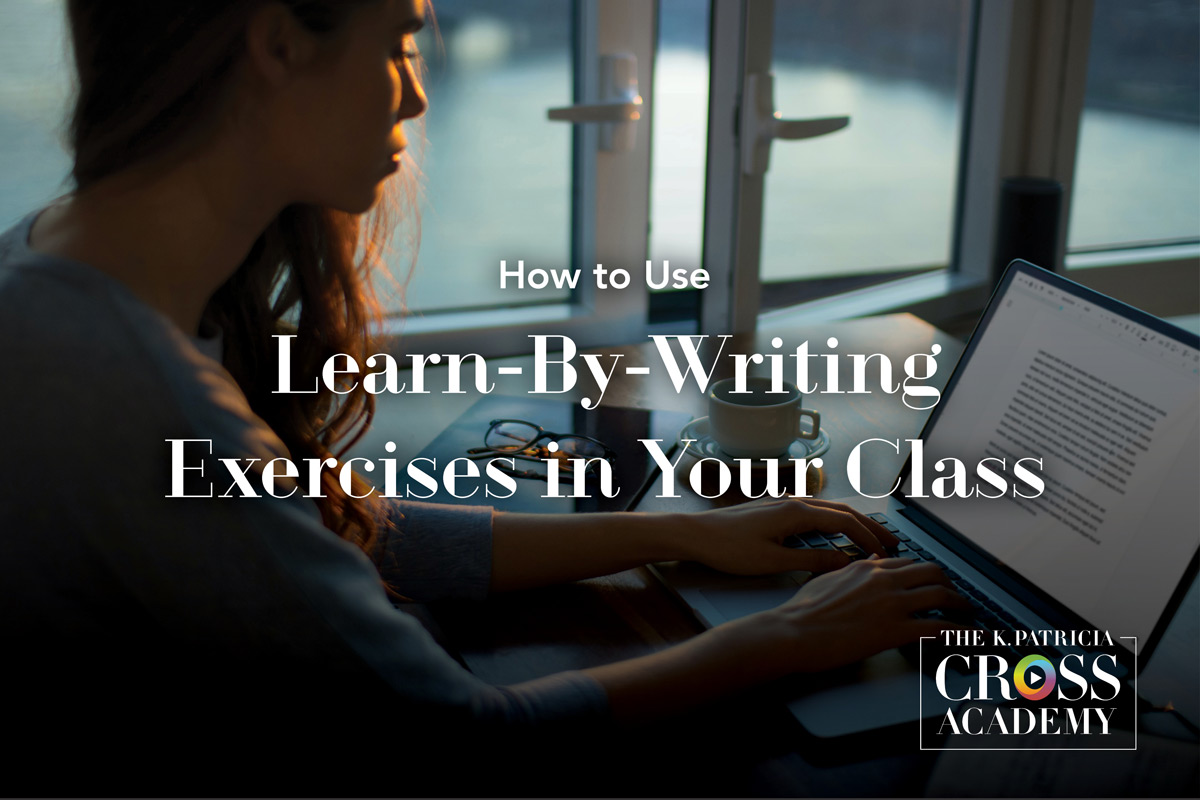
We write for many different reasons. Blogging, reporting, journaling, playwriting, scientific writing, opinion writing, recipe writing, songwriting, creative writing, writing for social media—the list of examples could go on and on. Even texting or emailing with friends and family is a near-constant form of writing we may take for granted. Writing is a form of expression, but it can also

Humans are more likely to remember information that is patterned in a logical and familiar way. Furthermore, the act of organizing information is a helpful aid to human memory (Bailey & Pransky, 2014; Sprenger, 2002; Tileston, 2004). It is no surprise, then, that organizing information is a useful skill for students as well as an activity that can help to
